.
WHAT IS NEUROFEEDBACK?
A Drug Free Alternative to better Well-Being
.
Neurofeedback for SENSORY PROCESSING DISORDER
 The senses and the Brain
The senses and the Brain
Processing sensory input from:
- our five senses (touch, sight, smell, sound and taste),
- along with the senses of movement (vestibular system) and
- position in relation to surroundings (proprioception),
involves a massive amount of properly timed and proportioned neuronal activity. Children who have issues integrating sensory information may often feel bombarded by everyday sensory information
What is the impact on the child?
Sensory disorders can lead to a significant problem in brain regulation, particularly as it relates to comfortably “absorbing” information from the environment and being able to “filter out” that which is less important to the brain. As a result, children with sensory issues can have:
.
- emotional overreactions to stress,
- problems with socialization,
- cognitive inflexibility and
- difficulties with attention.
How can Neurofeedback help?
- Neurofeedback can help your child self-regulate reactions and cope better in dealing with these daily experiences.
- Neurofeedback, aimed at reducing fast frequency in the sensory processing areas, can be helpful in improving sensory dysregulation.
- We find that by working to calm overactive areas of the brain – often the right temporal, occipital and parietal lobes – while activating underactive areas of the brain – often the sensory motor strip, frontal and pre-frontal areas of the brain – we are usually able to improve the child’s ability to process and integrate sensory information.
- Essentially, with Neurofeedback, the brain is trained to function more efficiently.
- Neurofeedback is not a quick fix. Training for new better functioning activation patterns in brains takes time.

